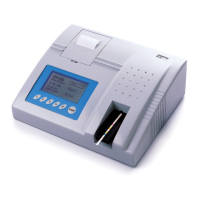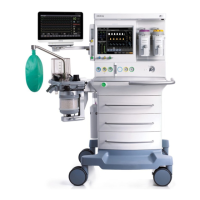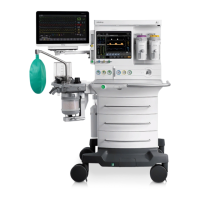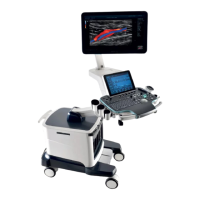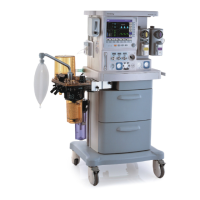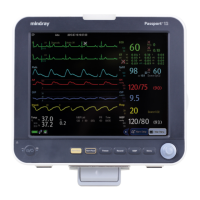9-3
Lead I Lead II
9.4.1 Optimizing Lead Placement for Resp
If you want to measure Resp and you are already measuring ECG, you may need to optimize
the placement of the two electrodes between which Resp will be measured. Repositioning
ECG electrodes from standard positions results in changes in the ECG waveform and may
influence ST and arrhythmia interpretation.
9.4.2 Cardiac Overlay
Cardiac activity that affects the Resp waveform is called cardiac overlay. It happens when the
Resp electrodes pick up impedance changes caused by the rhythmic blood flow. Correct
electrodes placement can help to reduce cardiac overlay: avoid the liver area and the
ventricles of the heart in the line between the respiratory electrodes. This is particularly
important for neonates.
9.4.3 Abdominal Breathing
Some patients with restricted movement breathe mainly abdominally. In these cases, you may
need to place the left leg electrode on the left abdomen at the point of maximum abdominal
expansion to optimise the respiratory wave.
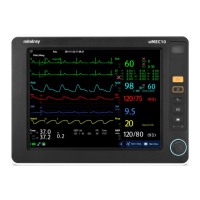
